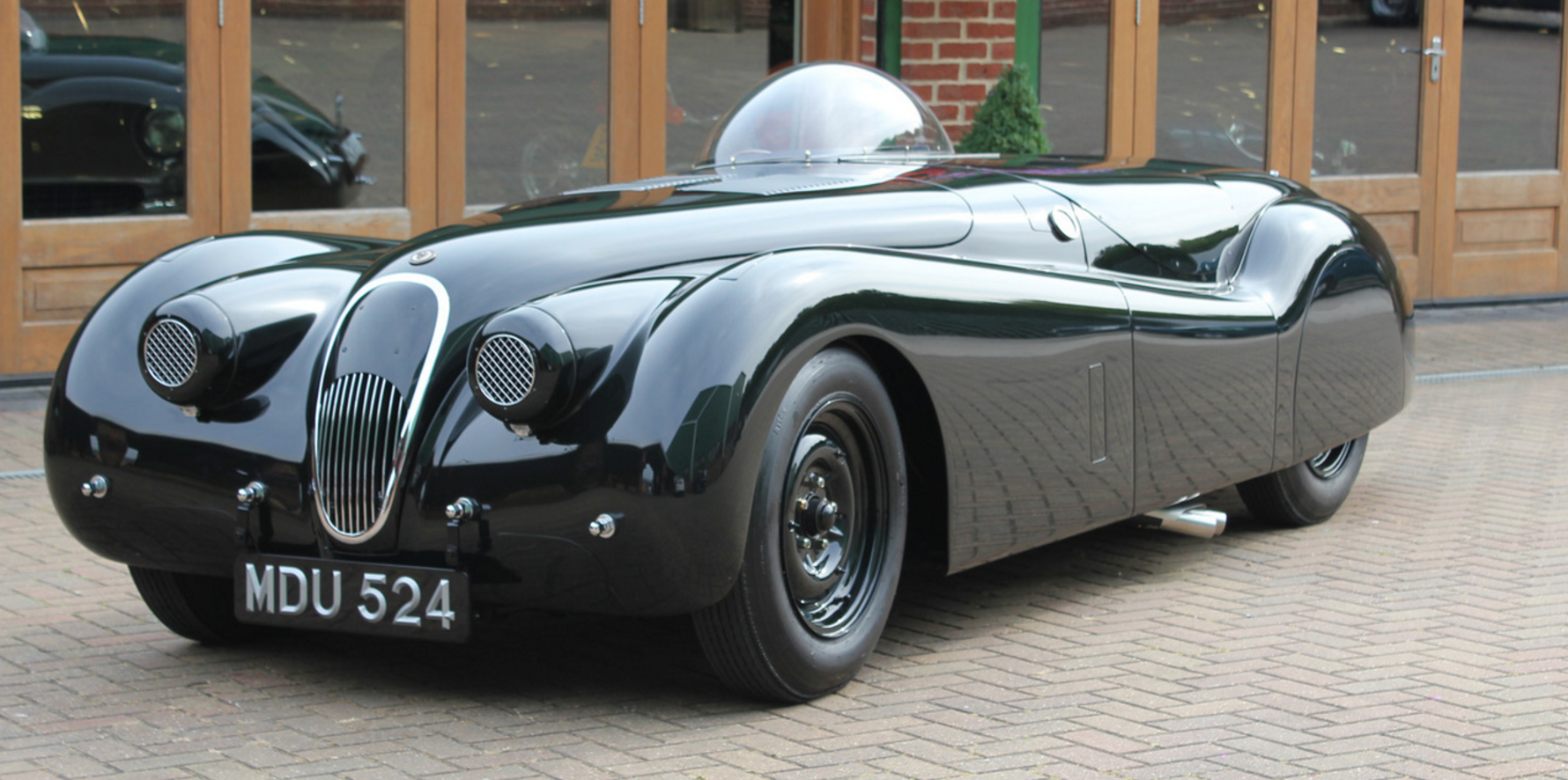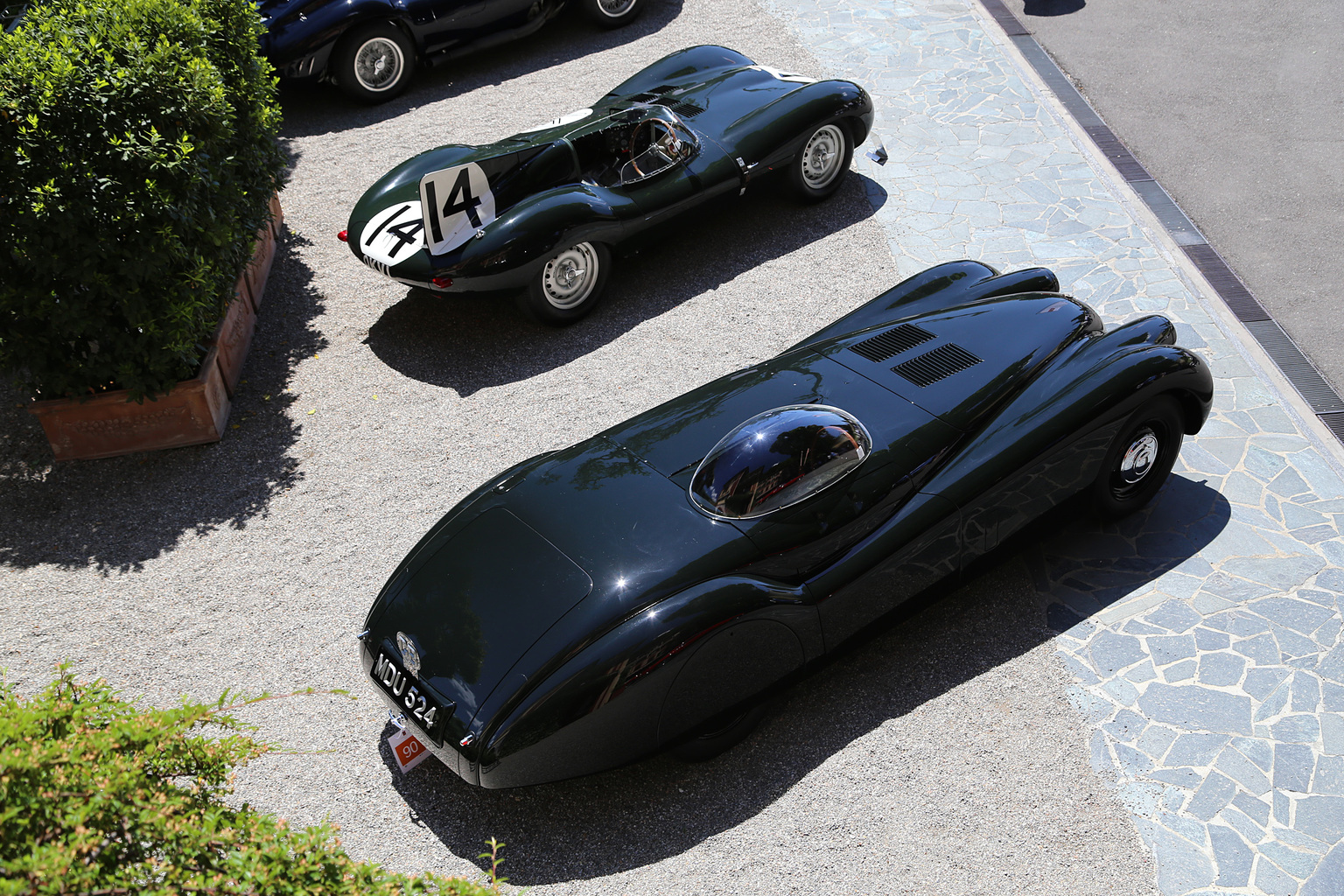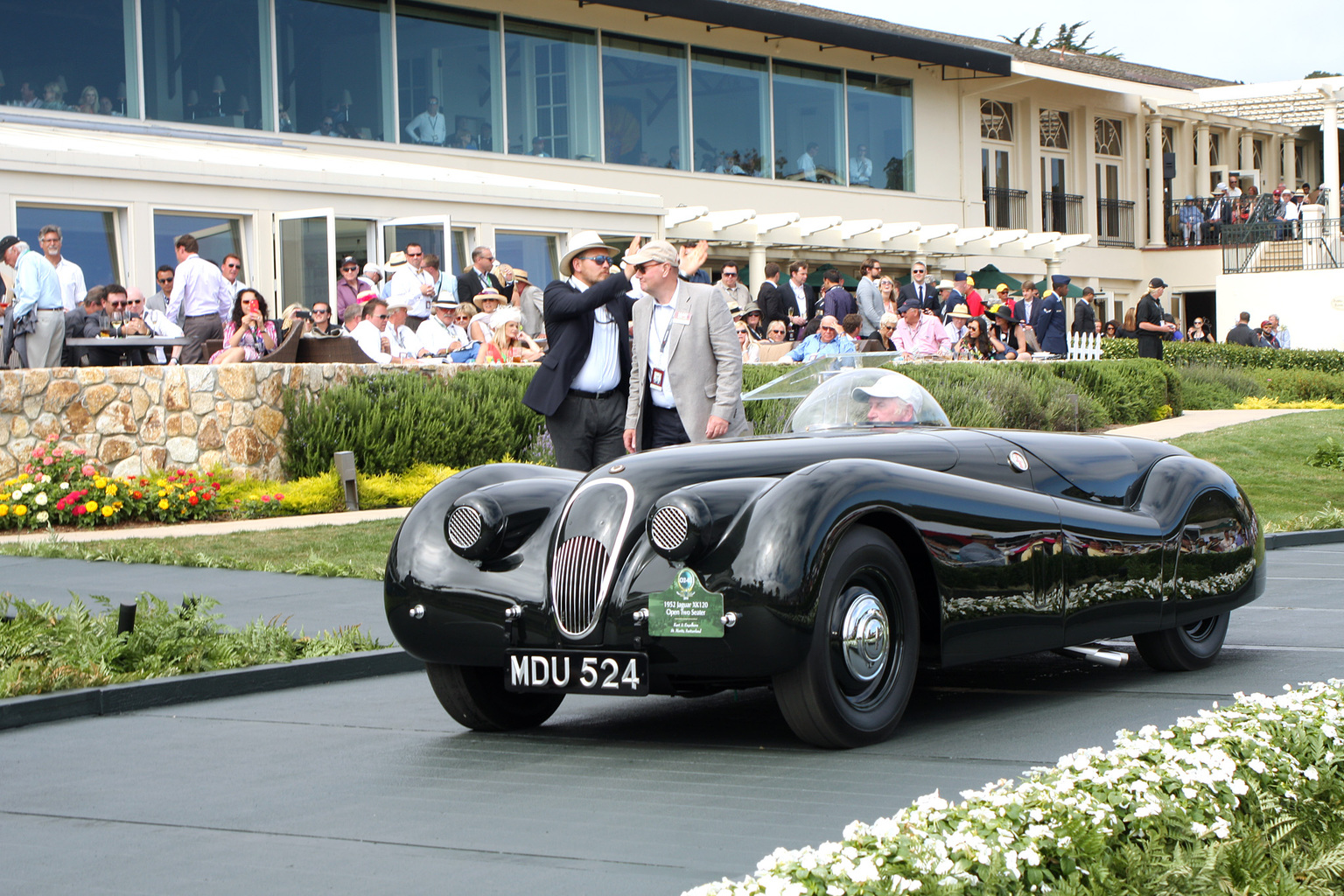Quote:
Originally Posted by niky

Looks like some good time attack or hill climb experience went into doing that body work.
Like how they sealed the sides to give the diffuser proper airflow.
Still probably not very aerodynamic.
|
Don't get me wrong, I see the admirable traits in this creation.
I'm just putting my finger on the other end of the scale for argument's sake.
For instance, they started with a fiberglass shell and could have put any canopy on top of it, they also had control over each and every opening to feed the V12 what it needs to not overheat.
It would be interesting to find out if they did any underbelly diffuse work.
Jaguar Race Car with a Quad-Turbo V12
https://engineswapdepot.com/?p=39783...6vgHwma4eEynzg

Quote:
This custom Jaguar race car was built by Sam Lyle for owner Warwick Hickling in New Zealand.
The carbon fiber and fiberglass body which is based on a 1953 Jaguar XK120 sits over a custom tubular chassis.
|
EDIT:
This might be a better example of what can be done with that shell.
https://www.supercars.net/blog/tag/classic-jaguar/

About the above.............................
https://www.supercars.net/blog/1952-...20-record-car/
Quote:
1952 Jaguar XK120 Record Car
In 1953 Sir William Lyons set out to prove the XK120 was on of the most capable cars by reaching 172.412 mph on the Jabbeke straight in Belgium.
Driver Norman Dewis piloted a modified XK120 with a small perspex bubble windscreen and it won the land speed record for a production car. It became the only Jaguar to hold a land speed record.
|


Again, I know that fitting into certain Racing Classes and all the rules limit innovation and straying from certain templates, templates that are not Aerodynamic in nature but of the original manufactures making could be forbidden.